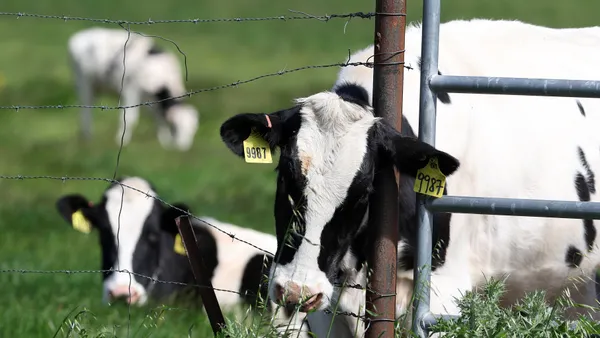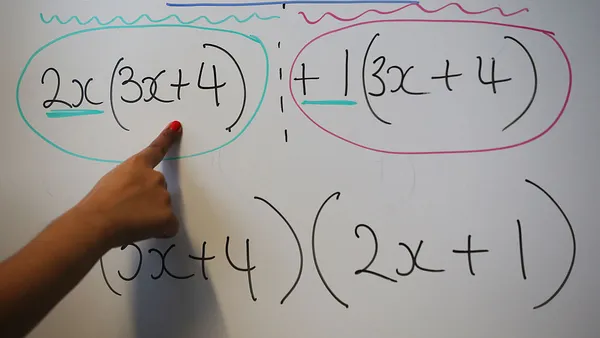Dive Brief:
- Nathaniel Wallace believes real-world lessons can boost his students' future career paths, he wrote in an eSchoolNews post. That’s one reason he gives lessons on computational thinking to the K-8 students where he teaches in Prince George’s County Public Schools in Maryland.
- Wallace said his district uses a program called Ignite My Future in School which shows pupils short videos with professionals who talk about different classes they loved as students, and how that interest led to their current careers.
- For educators, there are Curriculum Connectors within the site as well, which show classes that students can study, and how people in professional scenarios apply skills from these courses during their work. This way, students can see how what they learn in class has relevance to career pathways they might pursue in the future.
Dive Insight:
High school is the traditional time to get students thinking about career options. But middle schools are also increasingly focusing on ways to engage children in that process even earlier. When students start thinking about fields that might interest them, they'll be more prepared to choose the appropriate courses in high school. In Chatham County Schools in North Carolina, for example, students start looking at what jobs they may want to have one day, and start internships through its College Ready and Career Ready program. Students in grades 6-8 are also invited to start career courses, like those focused on business and computer skills, to give them a head start.
Getting students thinking about future career paths earlier can also ensure they take prerequisites needed for college when they're in high school. Students who hope to apply for science, technology, engineering and math (STEM) college majors, for example, will need certain advanced technical, math and science courses by the time they graduate. Student achievement in middle school can also impact how well they perform in similar classes in high school. Indeed, the academic achievement of 8th graders is something middle school administrators and educators will want to monitor as it “…is the best predictor of college and career readiness by high school graduation,” according to a report from the ACT.
"This means that 8th grade achievement is the best predictor of students’ ultimate level of college and career readiness by high school graduation—even more than students’ family background, high school coursework or high school grade point average,” they wrote in a research study, “The Forgotten Middle.”
Students might try several paths before they find the one right for them, but helping them understand the commitment and steps needed to succeed in any one area can give them a better start to potentially achieving the goals they hope to accomplish.







 Dive Awards
Dive Awards





